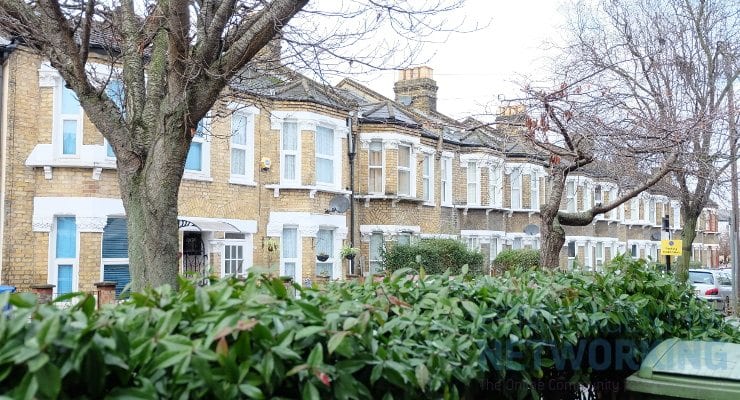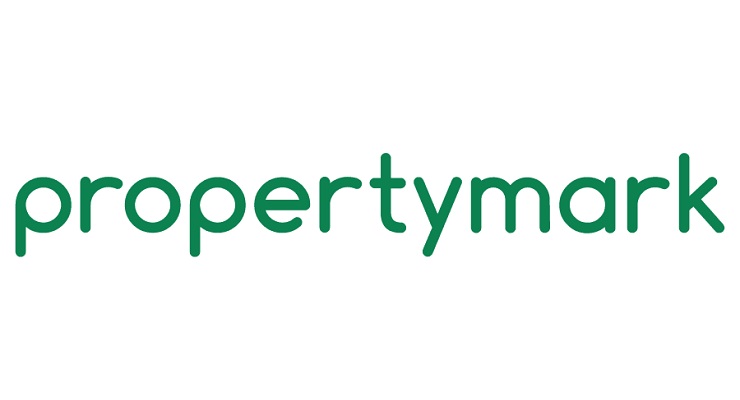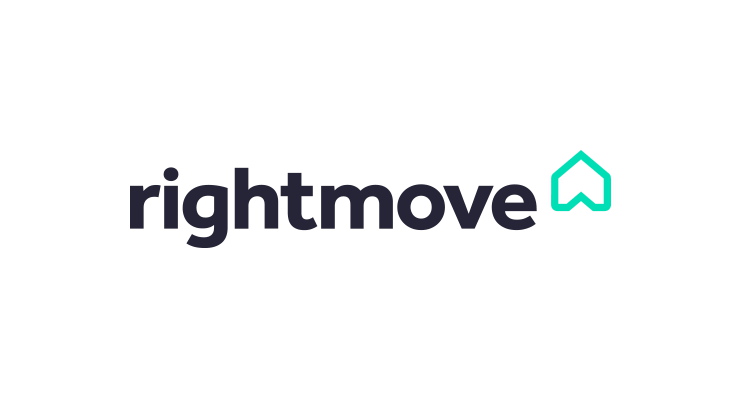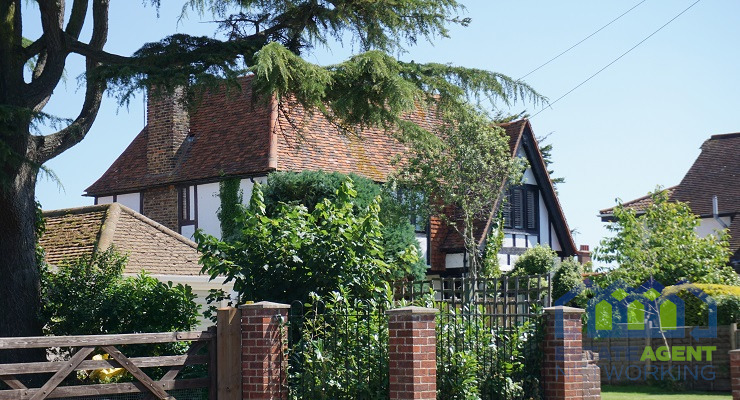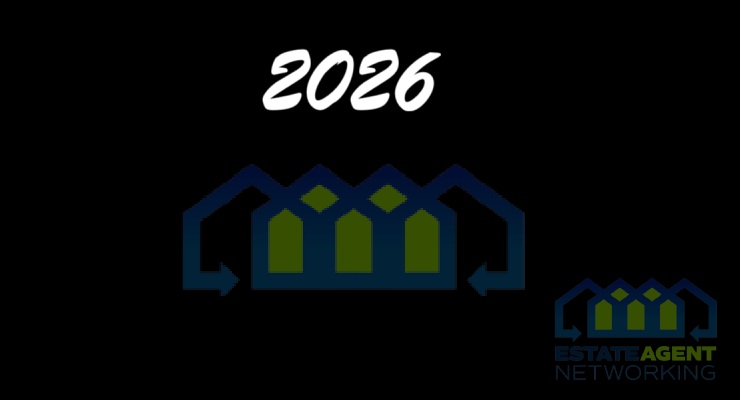Landlords See Higher Net Returns
Landlords See Higher Net Returns Despite Rising Start-Up Costs and Falling Buy-to-Let Incomes
New research from Dwelly, one of the UK’s leading lettings acquisition and success planning experts, reveals that, despite an increase in start-up costs and a reduction in total buy-to-let income, the average UK landlord has seen an improvement in net returns when accounting for ongoing costs.
The analysis by Dwelly, looked at key costs and income associated with being a landlord, including acquisition costs, operating expenses, and returns from both rental yield and capital appreciation. The analysis compares the current landscape with 2024 to understand how buy-to-let profitability has shifted.
Start up costs
The average start-up cost to become a landlord in 2025 has risen to £16,824, an increase of 63.3% compared to £10,302 in 2024. This rise has been driven mainly by a sharp 76.9% increase in Stamp Duty Land Tax (SDLT), now averaging £14,926 due to higher rates on second properties. Other start-up expenses, such as agency tenant-find fees and digital tax compliance, have remained broadly stable.
Ongoing costs
The ongoing annual costs associated with a buy-to-let investment have decreased by 24.6% year-on-year, falling from £15,694 to £11,829. The most notable saving has come from reduced mortgage interest costs, down 39.6% from £10,210 to £6,162 due to falling variable rates. Maintenance and repairs have also seen a modest drop of 5.1%, while void period losses and landlord insurance costs have both increased.
Buy-to-let income
The average rental income has edged up by 3.6% over the past year, now sitting at £15,684 annually. Despite this, the total income from buy-to-let – including both rental income and capital appreciation – has dipped by 6.6%, falling from £29,901 to £27,923. This drop is largely due to slower house price growth, with average capital appreciation falling from £14,757 to £12,239 per year.
However, when deducting the ongoing costs of a buy-to-let investment from the income generated, the average landlord is left with £16,093 – up 13.3% from £14,206 the previous year. This improvement in net return is a result of lower running costs, even as top-line income has declined.
Sam Humphreys, Head of M&A at Dwelly, commented:
“Today’s rental landscape is more complex, with higher up front costs and slower capital growth. But our research shows landlords are adapting well, supported by falling mortgage costs and a strong underlying rental market.
What matters most is the return, and it’s going up. That’s a strong sign that, even in a tougher market, well-managed properties can still outperform.”



